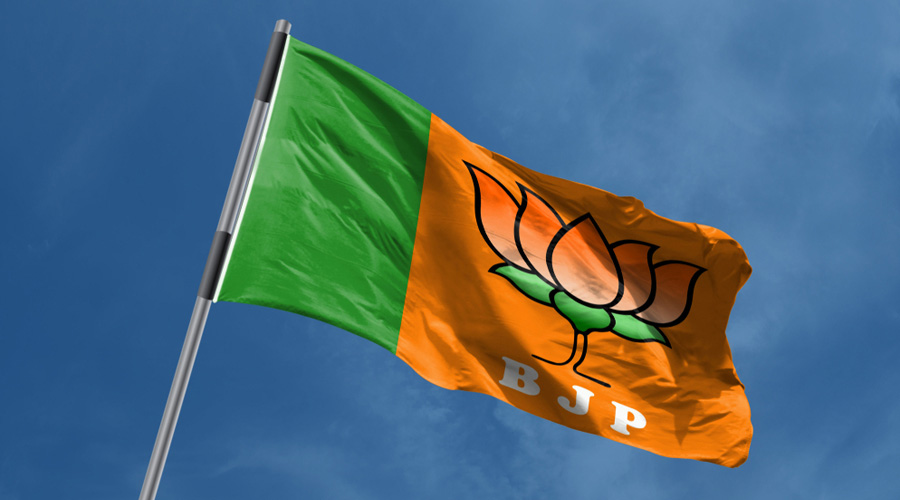The BJP has launched hectic efforts to firm up numbers for the President of India election in July, setting sights on the Congress-averse regional parties, amid fears of a united fight by the combined Opposition.
In the electoral college that elects the President, comprising Members of Parliament and MLAs of state Assemblies, the combined strength of the Opposition is marginally above that of the BJP and its allies. So if the entire Opposition manages to field a joint candidate, then the BJP could face a scare.
The challenge for the BJP, party managers said, has increased this time, given that some of the otherwise Congress-averse parties, like the ruling TRS in Telangana, have opened an aggressive front against the BJP.
Combined with this, the “uncertainty” of an ally like Nitish Kumar, who has been giving mixed signals of late, has made the ruling dispensation wary, the BJP sources said.
In this backdrop, the BJP leadership has activated party managers to secure the support of the BJD in Odisha and YSRCP in Andhra Pradesh and also ensure that “uncertain” allies like Bihar chief minister Nitish Kumar don’t join the Opposition ranks. Union education minister Dharmendra Pradhan had recently flown to Patna and held a nearly two-hour session with Nitish to ensure he stays on board.
Nitish’s past record, of supporting Pranab Mukherjee while being in the NDA and Ram Nath Kovind when in the Opposition, has made BJP leadership extra cautious.
“Apart from establishing contact with the regional party heads, we are also holding discussions to put up a strong candidate to make our case stronger,” one BJP leader said.
The buzz in BJP corridors is that their leadership this time could field a woman from a disadvantaged community. The BJP last time had fielded Ram Nath Kovind, a Dalit.
Though the BJP leadership claims that barring the TRS, they are sure of getting full support from the two other Congress-averse parties, the BJD and the YSRCP, sections in the ruling dispensation feel that they can’t take them for granted.
“Naveen Patnaik (Odisha chief minister and BJD chief) usually supports us but he can also spring a surprise if the Opposition fields a candidate of his liking,” one BJP leader said.
Despite the victory in the recent bunch of Assembly polls that saw the BJP retaining Uttar Pradesh and 3 other states, the saffron party is weakly placed now in comparison to 2017, when the last election for the President was held in which NDA’s Ram Nath Kovind sailed through without hardly resistance.
In 2017, the NDA was in power in 21 states that made up for 70 per cent of the country’s population. Now, the BJP and its allies govern 17 states and one Union Territory.
The BJP no longer controls Maharashtra, Tamil Nadu and Rajasthan and smaller yet key states like Chhattisgarh and Jharkhand. This altered scenario has made the task of securing an emphatic victory like 2017 difficult.
In the electoral college for electing the President, the value of votes of MPs and MLAs is decided based on population and number of seats in each state. So the worth of votes of MPs and MLAs from big and populated states is higher and that can be a challenge for the BJP.
This factor, of the Opposition controlling key big states, too has seen the BJP going all out in its efforts to destabilise the Opposition’s coalition government in Maharashtra. Jharkhand is the latest target of the BJP, where it has been using alleged corruption charges against chief minister Hemant Soren to try and pull down his government.
The new President has to be elected before July 24.
“The regional parties will play a decisive role in the President election this time and so we have started reaching them out,” one BJP leader said, adding that they will even get in touch with TRS chief K. Chandrasekhar Rao, despite his recent aggressiveness towards the BJP.











